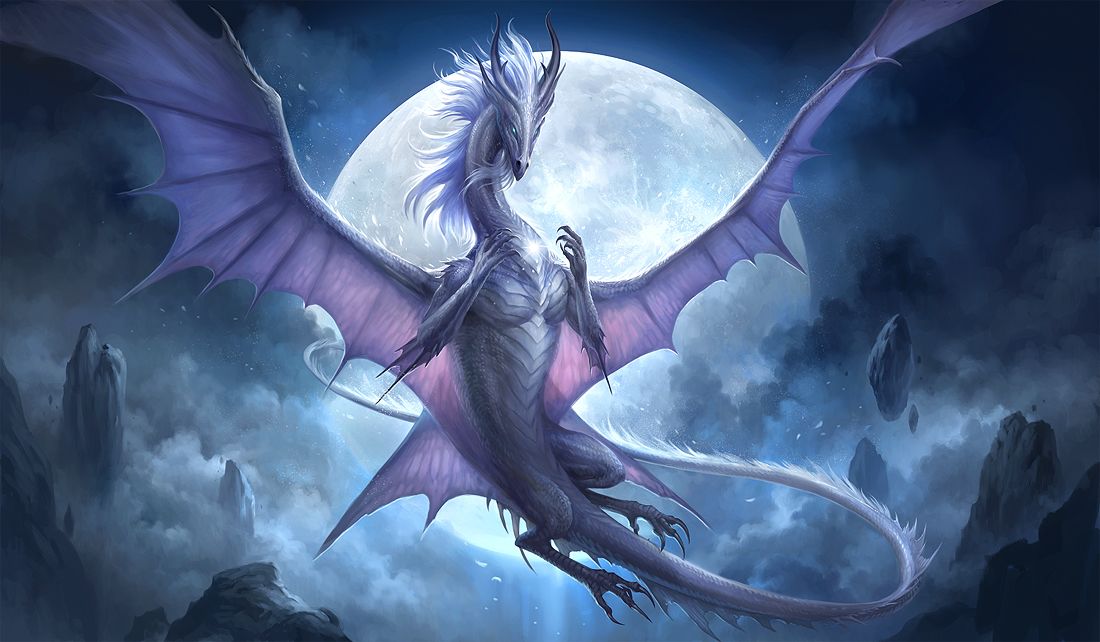Paper #2: Do Dragons Dream like Humans at Night?
We all sleep including dragons. However, scientists believed that the sleeping pattern is not same in all species from humans to birds, rats, crocodiles, lizards, etc. A paper published in Science by Shein-Idelson et al. reports that the sleeping dragons dream like humans and birds [1].
“Most animal species sleep, from invertebrates to primates. However, neuroscientists have until now only actively recorded the sleeping brains of birds and mammals. Shein-Idelson et al. now describe the electrophysiological hallmarks of sleep in reptiles. Recordings from the brains of Australian dragons revealed the typical features of slow-wave sleep and rapid eye movement (REM) sleep. These findings indicate that the brainstem circuits responsible for slow-wave and REM sleep are not only very ancient but were already involved in sleep dynamics in reptiles.”
In mammals and birds, sleep can be divided into two types: 1) slow-wave sleep (SWS) and 2) rapid eye movement (REM) sleep. This is based on electrophysiological studies that measure brain electrical activity during sleep. A clear relationship between sleep electroencephalographic (EEG) patterns and the state of brain during sleep has been already established in mammals and birds. In humans, each SWS is followed by a short REM.
Slow-wave sleep (SWS): SWS is a considered as a stage of deep sleep, where the chance of waking a sleeping person is null even if the room is in fire. SWS is characterized by no eye movement and less responsive brain to external stimuli. This slow sleeping stage is thought to be important for memory formation and storage.
Rapid eye movement (REM) sleep: REM is a lightest stage of sleep with vivid dreams and rapid eye movements. If there is a fire in your room, you can easily wake up and run in this stage of sleep. It is worth emphasizing that we dream in the REM sleep.
In this paper, researchers for the first time used implanted electrodes and infrared camera to show that Australian dragons have REM and slow-wave sleep with many features common to mammalian sleep. REM sleeps alternates with SWS throughout the resting period in the 5 male dragons used in the study.

Figure 1. Sleeping patterns in dragons. Top row showing images of awake (images 1 & 3) and sleeping (image 2) dragons. Second row shows eye opening probability of dragons [1].
Interesting differences were also reported in the paper. Researchers found the sleep cycle of dragon to be extremely short: 60 to 90 seconds long with total of 300 to 350 such cycles per night. While in humans, the sleep cycle last up to 60 to 90 minutes each around 5 cycles per night. If you are a cat person, then let me also say that the sleep cycle of cat is only 30 minutes. Looks like dragons and cats barely sleep at night.
The duration of SWS and REM during each sleep cycle for dragons were found to be same. In contrast, humans have shorter REM than SWS during their sleep. Please look figure 3 to appreciate the nature of SWS and REM. As shown in figure 2, there is excess of low frequencies brain activity in SWS and excess of high frequency in REM.

Figure 2. Normalized power spectral density (npsd) after recording electrical activity of the dragons brain. Legend SWS (blue) shows data for slow-wave sleep, REMS (red) shows data for rapid eye movement (REM) sleep, and Awake (orange) represents data for awake state [1].
Does this all mean dragons dream a lot at night?
Maybe. Since the sleep cycle of dragon is about a minute and its rapid eye movement (REM) sleep and slow-wave sleep (SWS) time is same, it is totally possible that dragon can dream at least 100 times a night. What it dreams is a separate story...
Reference:
[1] Shein-Idelson, Mark, et al. "Slow waves, sharp waves, ripples, and REM in sleeping dragons." Science 352.6285 (2016): 590-595.

Interesting!
Yup brain, sleep, and dream are interesting topics with very little understanding of how they work. This is one of the seminal paper that sheds a light on it. Our sleep pattern is few million years old and since dragons have similar sleep pattern...they are our ancestor now. Its weird when you think in terms of evolution.
Upvoted ☝ Have a great day!
hehehe... I was like wtf, this paper can't be real.. XD